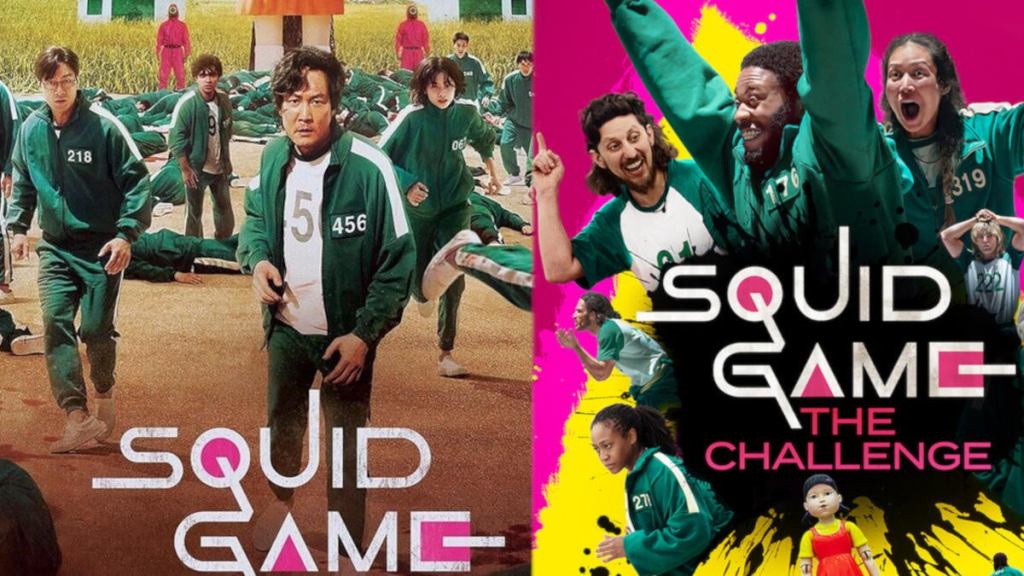Now that Squid Game: The Challenge has released its finale episode, we have the full scope of how this reality show competition took some big deviations away from the original scripted drama version.
Videos by ComicBook.com
Here are the biggest changes that Squid Game: The Challenge made to the formula of the original show. (MAJOR SPOILERS)
Squid Games: The Challenge’s Biggest Changes to Orignal TV Show

Games & Tests – In the Squid Game original series, the contestants didn’t have to just survive the deadly games they played – they also had to survive each other. In between the games, contestants murdered each other with dog-eat-dog savagery – but obviously, the reality show couldn’t go that far. Instead, Squid Game: The Challenge added “tests” between the “games,” allowing players to carry on in the spirit of the show, by slimming down the competition. Examples like the Phone test and Vote test brought out some of the worst sides of the best people. Moreover, it was a sure way for the reality show version to keep viewers guessing about what was coming next and who might be eliminated, as tests were not part of the original scripted show.
No More No-Vote – The original Squid Game added a layer of morality to the story by giving the contestants the option to stop the deadly competition after the first game, “Red Light, Green Light.” The final split on the vote was 101 to 100 in favor of continuing – a decision that they all would inevitably come to regret. The players of Squid Game: The Challenge signed on to take the competition all the way, and they also didn’t have the threat of death hanging over them, so the no-vote was no longer necessary. The tests were a perfect fill-in.
Dalgona Test – In the original Squid Game series, the Sugar Honeycombs game (or “Dalgona Game”) had players choose their shapes before revealing the dire nature of that choice, when they had to carve that same shape out of a cookie. Squid Game: The Challenge players obviously knew that twist in the original show, so producers added a new twist: forcing players to compete for their shape. The test before the Dalgona game offered the most compelling psychological stakes of the reality series, forcing entire lines of players to either settle into their fates or be eliminated. Those who ended up with the hardest shapes didn’t take it well.
Battleship – The classic board game made a big comeback in Squid Game: The Challenge, taking the place of the original series’ epic Tug-of-War game episode. This was not only a twist that kept the contestants and viewers on their toes – it was a change needed for obvious liability reasons. Even without Tug-of-War, Squid Game: The Challenge ended up facing lawsuits over alleged physical harm to some players.
Dice Test – Squid Game: The Challenge had to add the ominously-named “Die Test” had to be included after the Glass Bridge game – mainly because the herd didn’t get trimmed down like in the original show. The players worked out a method to get more people across the bridge safely (12 winners, 8 eliminations), but a roll of the dice is a roll of the dice and there was no hiding from chance, and 3 more players got knocked off, leaving a healthy nine for the Circle of Trust game.
Circle of Trust – The Circle of Trust was a new addition to the Squid Game lineup – and a pretty compelling one. Seeing the bonds of trust between the final 9 players turned against them by the game was fascinating and revealed that some of the seemingly “nicest” players (Phill, Mai) were sharp-witted sharks.
The Final Game – Squid Game: The Challenge revealed its final game to be Rock, Paper, Scissors – with a twist. Each round awarded a chance for the winning player to pick a key and possibly open the door to the winning prize. It combined everything Squid Game: The Challenge loved best: psychological mind-gaming and chance; unfortunately, by not including any version of the actual Squid Game game in the competition, The Challenge ended up being “Squid Game” in name only.
Squid Game: The Challenge is now streaming on Netflix.








